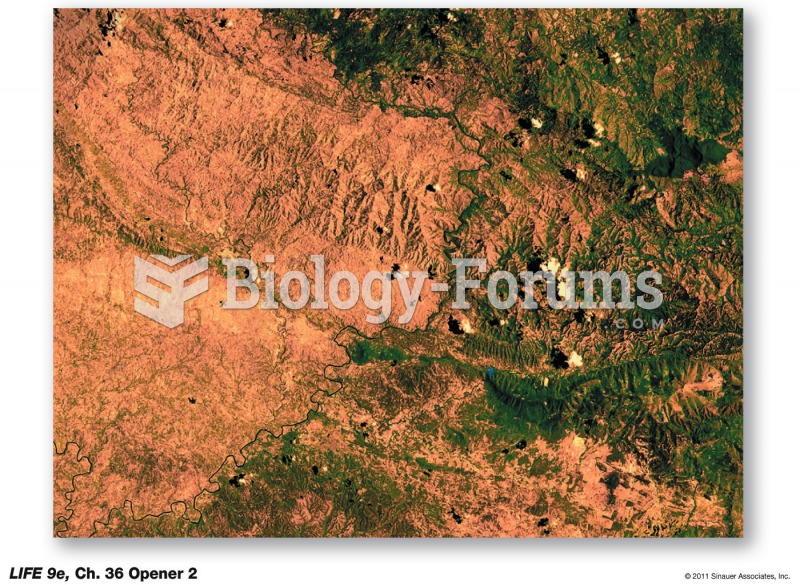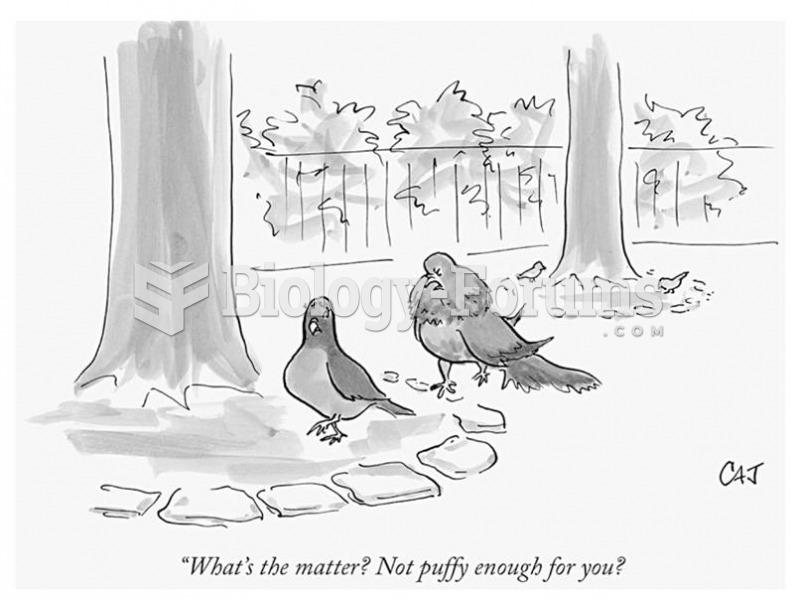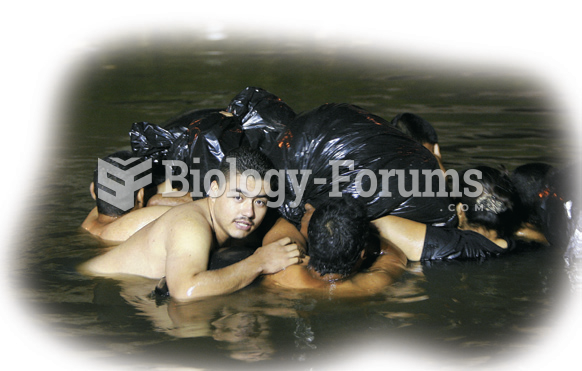Were these border searches non-routine and thus Fourth Amendment violations?
In 2004, Sawsaan Tabbaa and four other plaintiffs, U.S. citizens and practicing Muslims, were among an estimated 13,000 individuals from across North America who attended the Reviving the Islamic Spirit Conference (RIS Conference) at the Skydome in Toronto, Canada. She returned to the United States via the Buffalo, New York border crossing. The conference, which lasted three days, included religious and cultural activities, musical performances, a series of prominent Islamic speakers, and communal prayer three times a day. The plaintiffs had no criminal records and the government had no individualized suspicion of their being associated with terrorism. The U.S. Bureau of Customs and Border Protection (CBP) received intelligence (which was examined by the court) that persons with known terrorist ties would attend the Conference. Federal regulations give the CBP authority to enforce immigration and customs laws, secure the border, and prevent the entry of terrorists into the United States. Based on the intelligence, CBP ordered border officials to identify conference attendees, contact CBP's data center to determine if the individuals seeking entry posed a threat, and to question attendees about their activities. Fingerprinting and photographing conference attendees was permitted. When plaintiffs told CBP agents that they attended the Skydome conference, they were ordered to pull their cars into a separate area. They entered a building that included other RIS Conference attendees. Plaintiffs had to fill out several forms. They were questioned about past travels, relationships to other vehicle occupants, and why they attended and what occurred at the RIS Conference. Plaintiffs were frisked, fingerprinted, and photographed, and their cars were searched. They were not told why they were being fingerprinted and photographed, or why they were detained and inspected so thoroughly. Plaintiffs who questioned the process were told they would not be released until all of the screening measures had been completed. Regarding two of the plaintiffs, CBP officers forcibly kicked the feet open and almost knocked down some plaintiffs in order to effectuate pat-downs. Plaintiffs' hands were grabbed to take the fingerprints. Each plaintiff was detained and searched for between four and six hours, after which he or she was released into the United States. Within seven days, the government removed plaintiffs' fingerprints and photographs from its databases, but continues to hold some information about them, including the details of their 2004 detentions. The plaintiffs seek a declaratory judgment that the searches violated their Fourth Amendment rights and expungement of their records.
What will be an ideal response?
Question 2
The relative evidential value of laboratory test results is dependent on the way the evidence is collected and presented for examination.
Indicate whether the statement is true or false.







